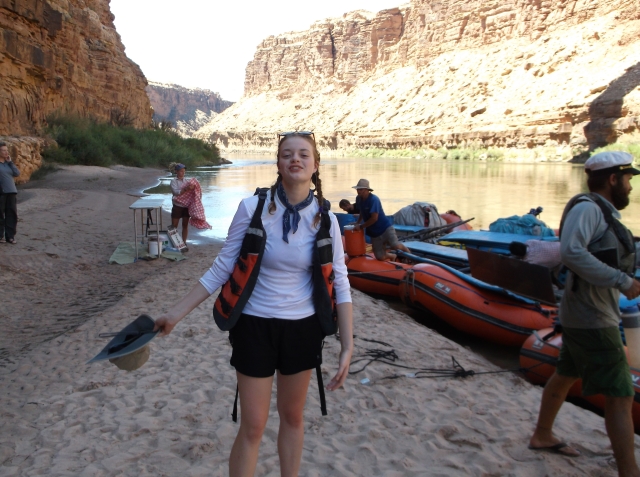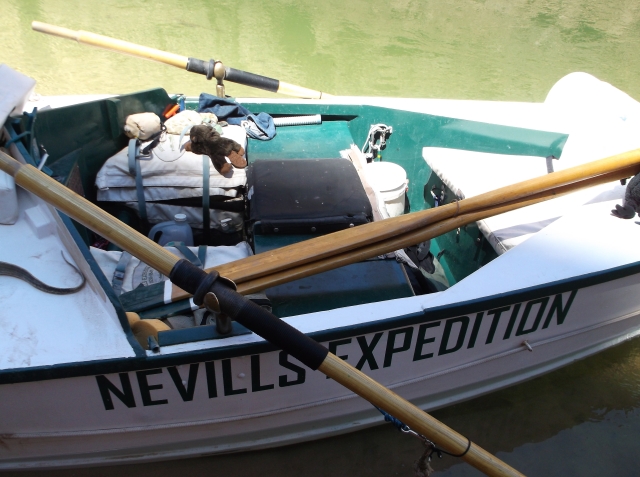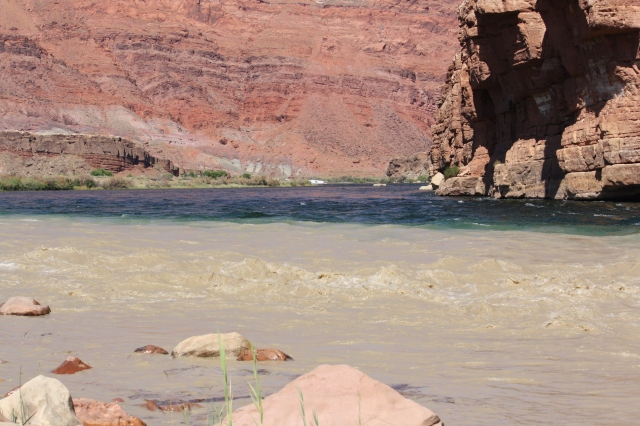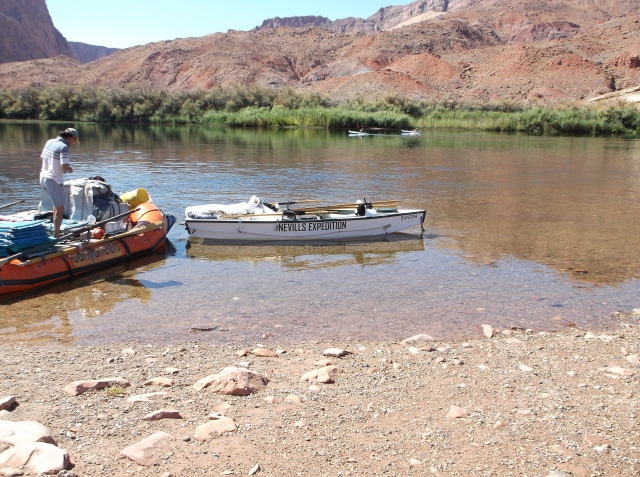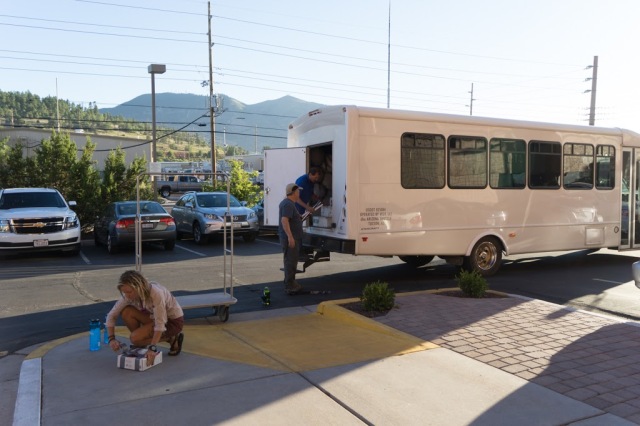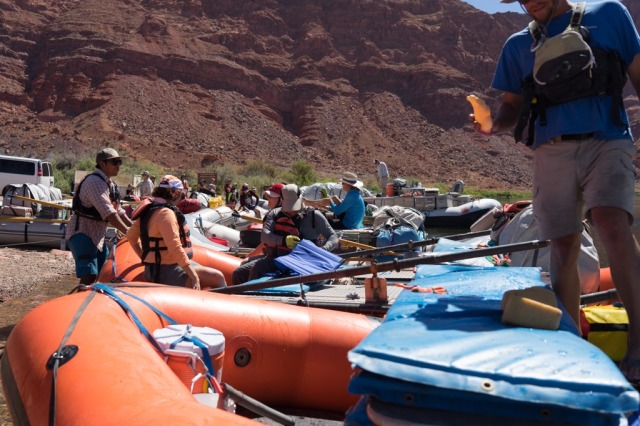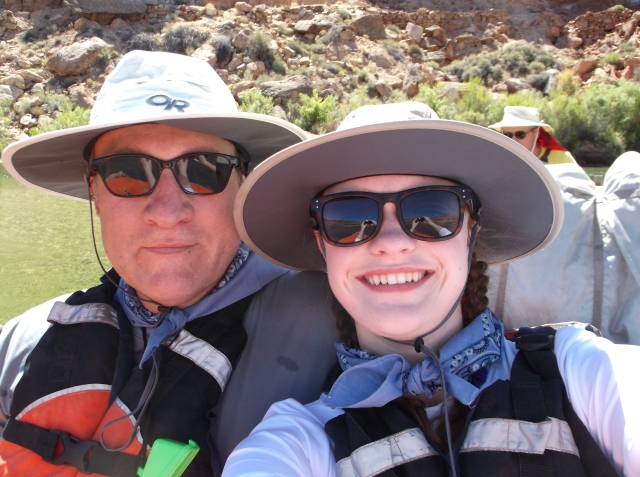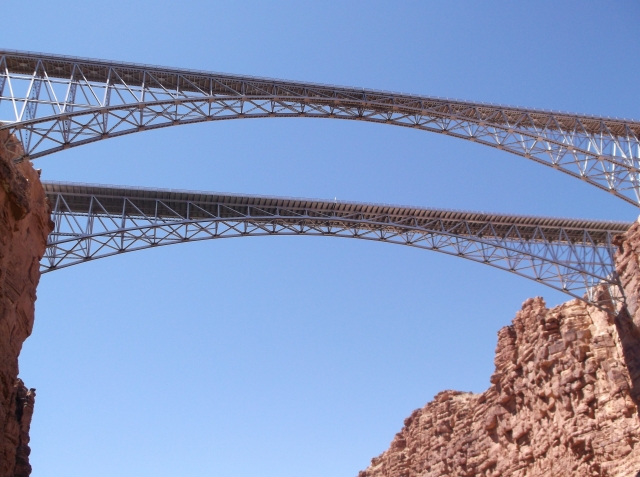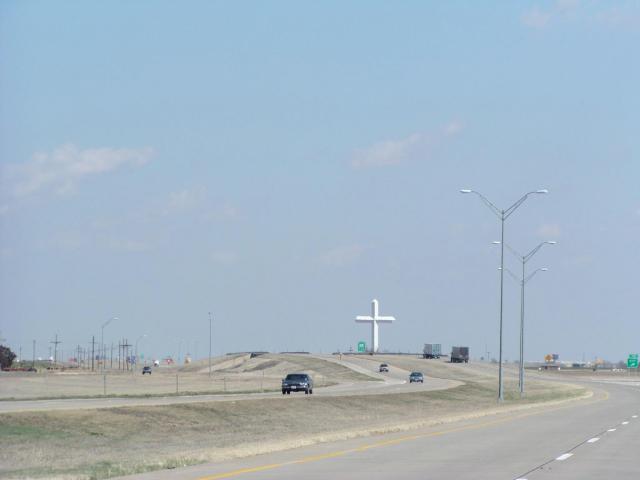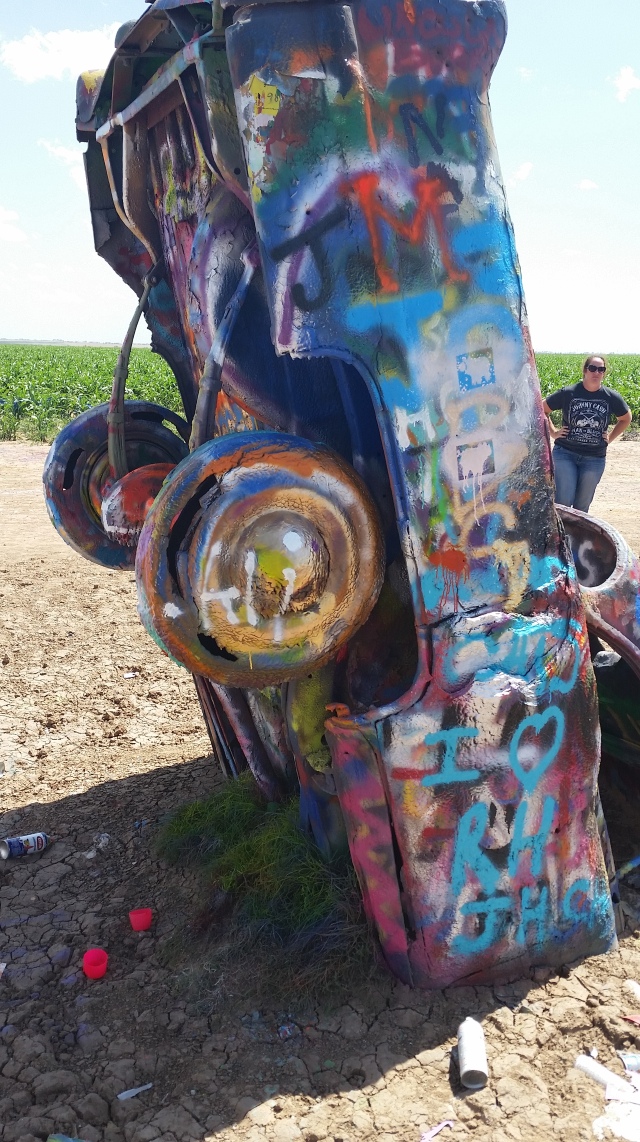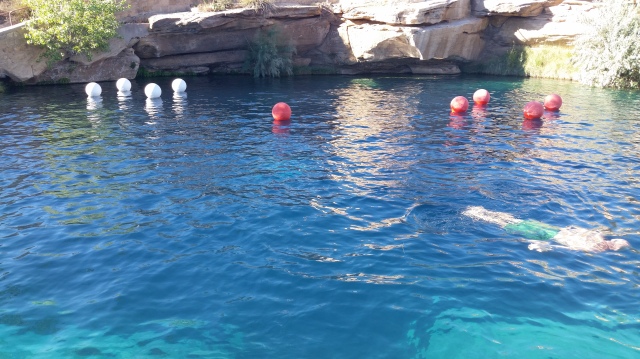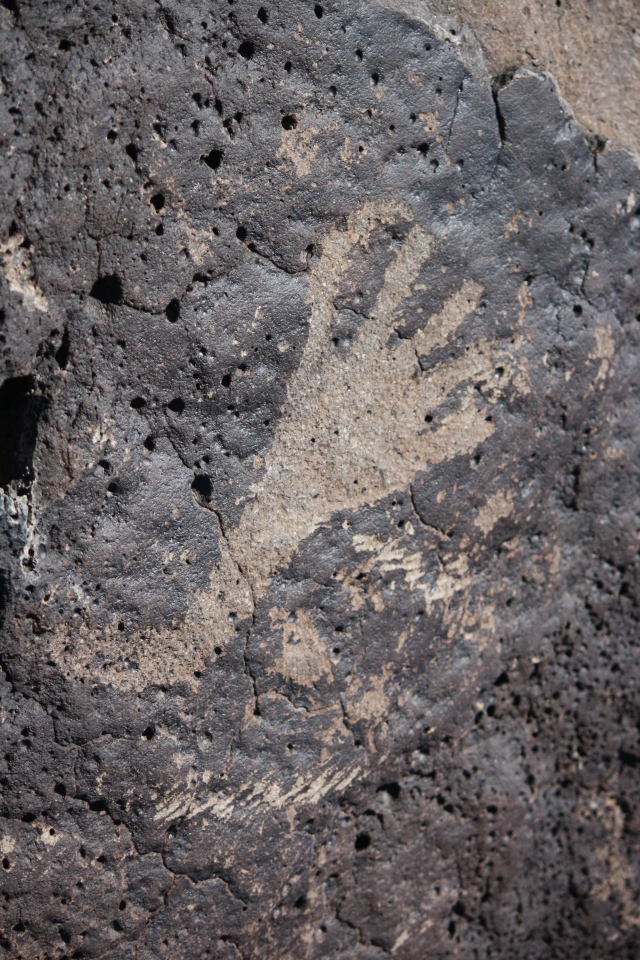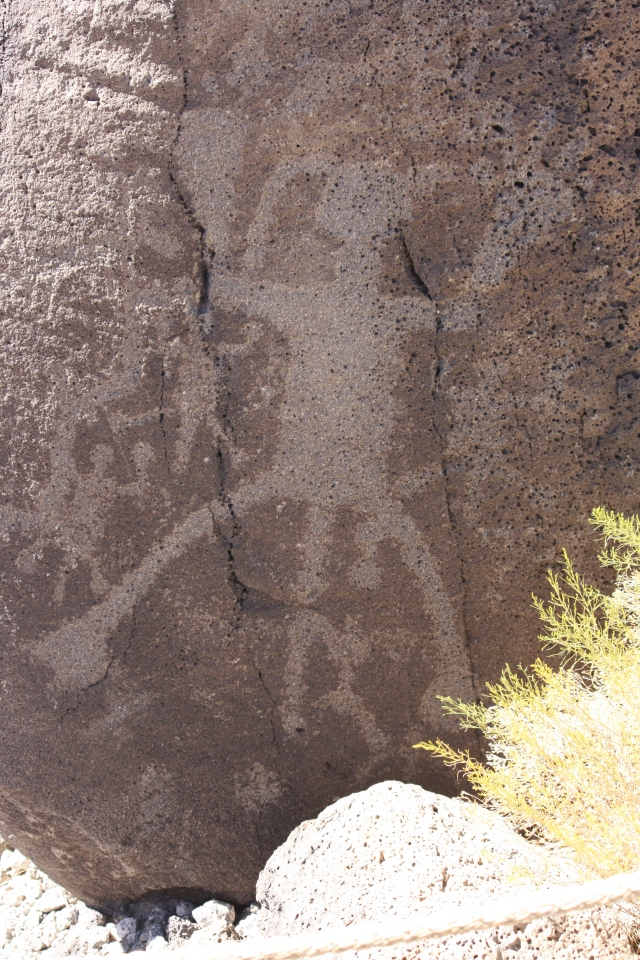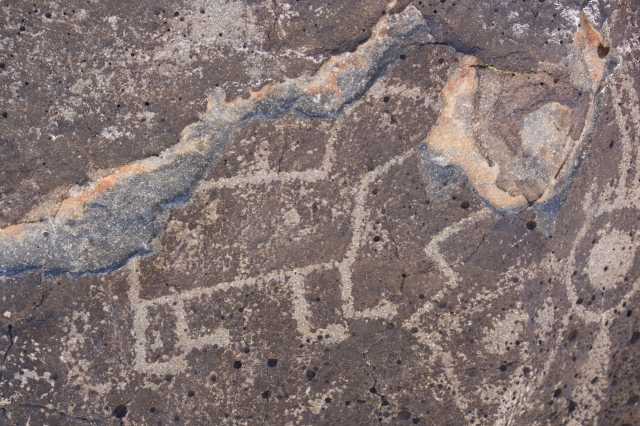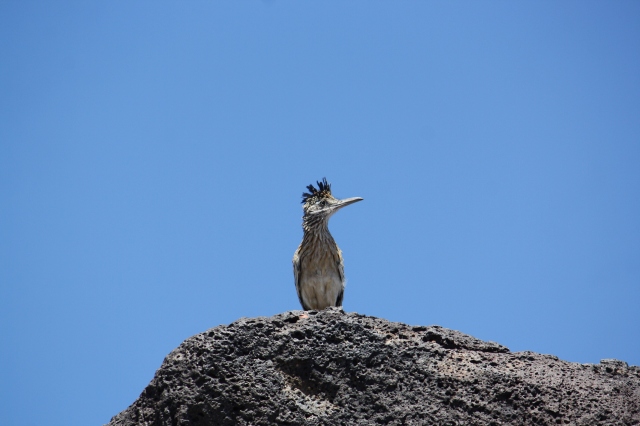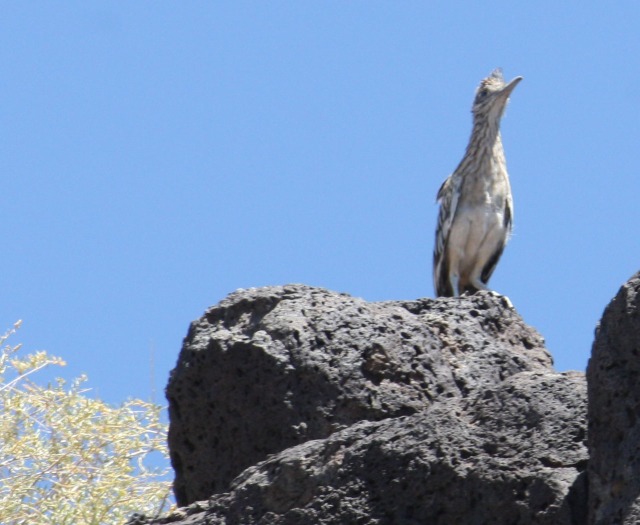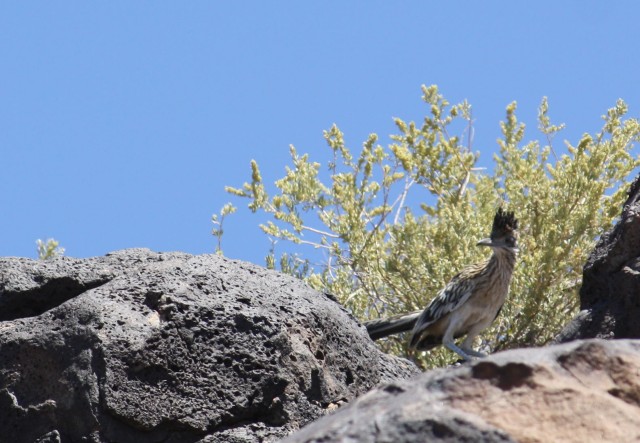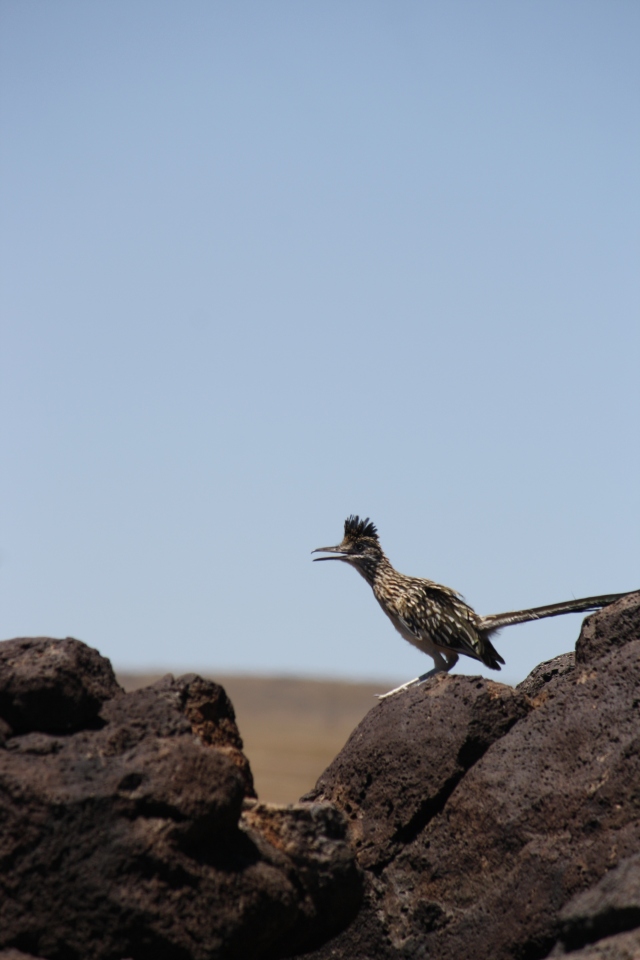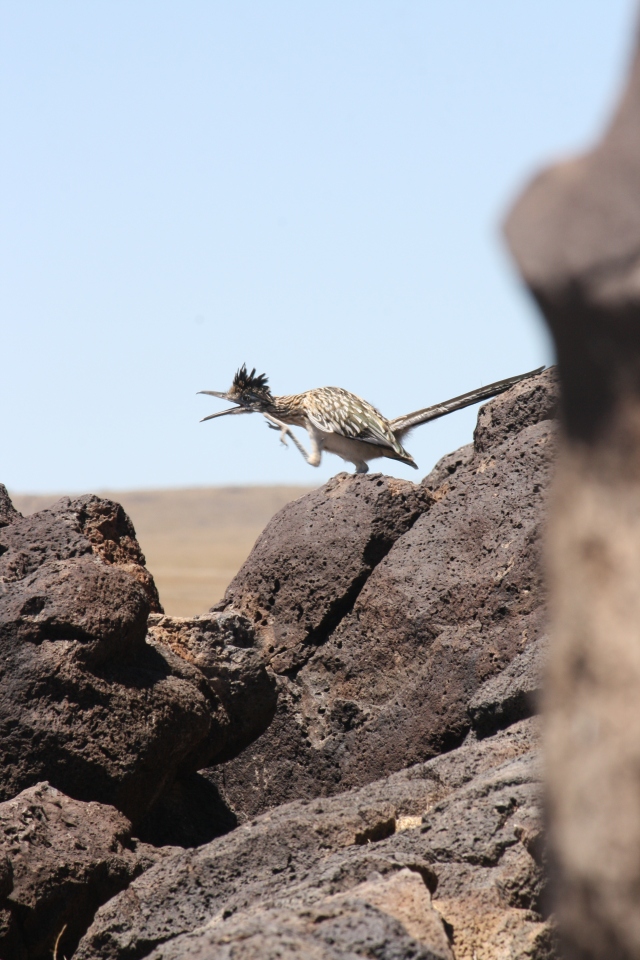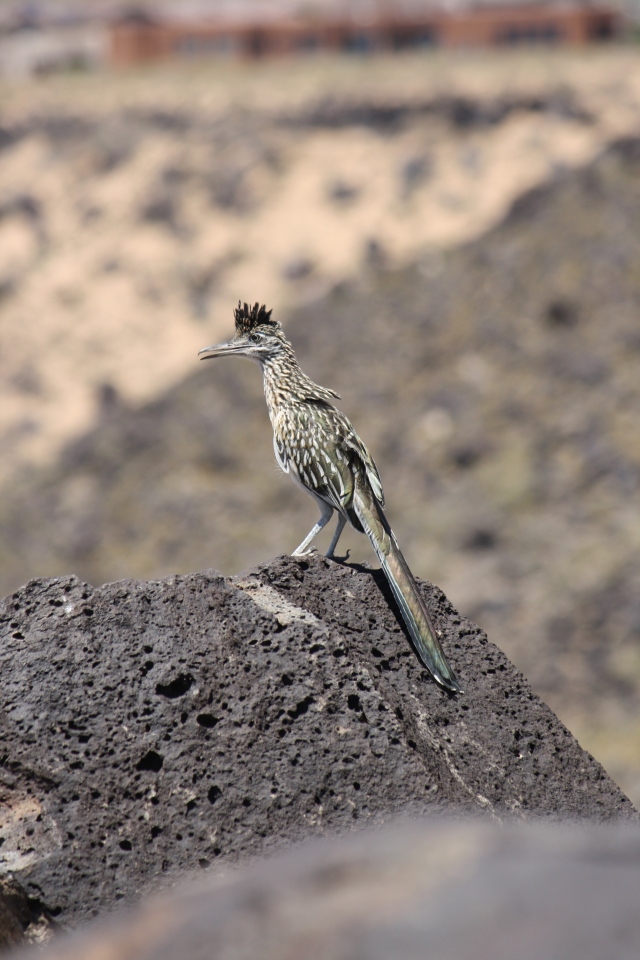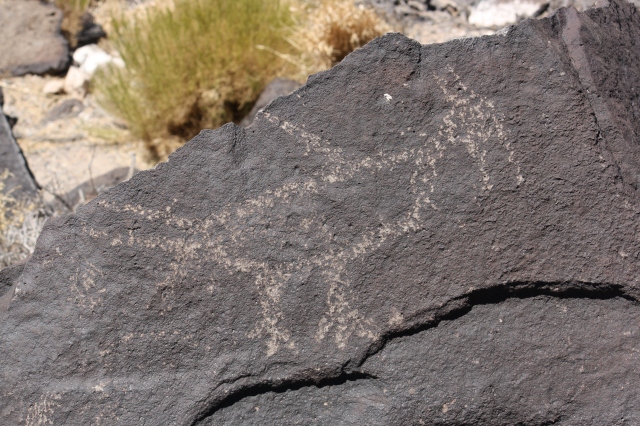
February 4, 2017
It was a warm day for February, mid fifties with a mild wind and overcast skies but no rain. Mid-afternoon, I had an afternoon to kill, waiting for the Superbowl to come on tv, waiting on my daughter, who was dancing at the ballet studio all afternoon and into the evening, (halftime to be exact, before she finished and we could make the hour drive home; she wanted to watch Lady Gaga, so we sat in the lobby of the studio for another fifteen minutes and watched the spectacle).
A couple of miles from the studio Two Rivers Park sits at the junction of the Little Maumelle River and the Arkansas River. There’s a big parking area, a boat ramp, and a bicycle/pedestrian bridge that crosses the mouth of the Little Maumelle and connects the Two Rivers trail to the Arkansas River Trail, which runs all the way downtown on the south side of the river and splits to cross the Big Dam Bridge and run into North Little Rock on the north side of the Arkansas. It being Sunday afternoon the parking lot was full and the Two Rivers trail, paved for bicycles, was busy. Railroad tracks ran west, toward cone-shaped Pinnacle Mountain in the distance, the tracks squeezed between a steep bluff and the Little Maumelle River. Opting for time away from crowds, I followed the tracks and soon found myself alone, following the curve of the rails as it paralleled the curves of the river.
I’ve got a history with railroad tracks dating back to my early teenage years, when a friend and I used the tracks near his house to get out of the neighborhood he lived in and into what passed for near-country despite being in the middle of a mid-sized Mississippi town. We’d lay our ears on the rails and try to detect approaching trains, like American Indians or train robbers in the movies, but never really heard anything even when we could see the big diesel engines a quarter mile down the track. We’d lay coins on the rails and wait for the train to flatten them into silver and copper pancakes. We’d collect rusted railroad spikes and look for blue-glass insulators at the base of utility poles that often ran beside the tracks. The benefit of railroad tracks is that they usually go cross-country, where highways and streets seldom seem to go. Unlike cars, trains don’t need to stop, or turn off or lead to houses or businesses, so in just a few minutes of walking, it can feel like you’re miles from nowhere. Traffic noises dissipate, trees crowd up close to the right of way, and the gentle curves provide an incentive to find out what’s around the next bend. Walking the rails, I’m reminded of Hemingway’s young hero Nick Adams, walking the rails and riding the trains to get away from something, or to get somewhere new and promising.
In college I rented a room in a house that sat on the edge of town. Behind the house railroad tracks led off into the country, and beside the tracks for a long way was a nice creek with steep banks and wonderful hardwoods. Across the creek stretched the experimental farmland of Mississippi State University’s College of Agriculture, several hundred acres. Afternoons I would gather my books and head off down the tracks and walk as far as I wanted until I found a nice place to study in the woods that sheltered the creek.
Despite the peaceful setting, passing trains never failed to excite the little boy inside of me. The deep throb of the diesel engines, the wave of the engineer, the screeching metal-on-metal of the wheels, remind me of the excitement Walt Whitman felt in his poem, “To a Locomotive in Winter”:
. . . . Fierce-throated beauty! Roll through my chant with all thy lawless music, thy swinging lamps at night, Thy madly-whistled laughter, echoing, rumbling like an earthquake, rousing all, Law of thyself complete, thine own track firmly holding, (No sweetness debonair of tearful harp or glib piano thine,) Thy trills of shrieks by rocks and hills return’d, Launch’d o’er the prairies wide,across the lakes, To the free skies unpent and glad and strong.
Although there were no trains running today, it was pleasant to be outdoors. The Little Maumelle, about 40 yards wide at the mouth, narrowing to twenty by the time I had hiked two miles, barely registered a flow as it was backed up behind Big Dam Bridge. But the tracks were covered in fallen leaves, oak and hickory, and fat acorns had dropped between the ties. I tossed a few tie spikes and some rusted bolts into the river to hear the deep splash. The bluff towered above me on the left, a couple of hundred feet in places, and at the end of my walk I came upon a small marina on the far bank, with a tiny houseboat built on a small barge, and I watched a fat dog waddle down the gangplank onto the boat. In the marina a pontoon boat sported a confederate flag. I turned back toward the park where my car was, and as I walked back a few squirrels scampered across the tracks and up on the ridge a deer walked through the trees, silhouetted against the sky behind him.





















 At first we walk beside the creek, then cross it several times, and in sections have to wade upstream. The temperature cools (if you want to call high 90s or low 100s cool) as we are in the shade of the canyon walls and the canyon itself sprouts lots of vegetation, including trees and shrubs like Western Redbuds, Coyote Willow, Mesquite, Cat’s Claw (the “wait-a-minute” bush, because the thorns snag clothing and force walkers to stop and disentangle themselves), and Netleaf Hackberry, adding to the deepness of the shade.
At first we walk beside the creek, then cross it several times, and in sections have to wade upstream. The temperature cools (if you want to call high 90s or low 100s cool) as we are in the shade of the canyon walls and the canyon itself sprouts lots of vegetation, including trees and shrubs like Western Redbuds, Coyote Willow, Mesquite, Cat’s Claw (the “wait-a-minute” bush, because the thorns snag clothing and force walkers to stop and disentangle themselves), and Netleaf Hackberry, adding to the deepness of the shade.
























